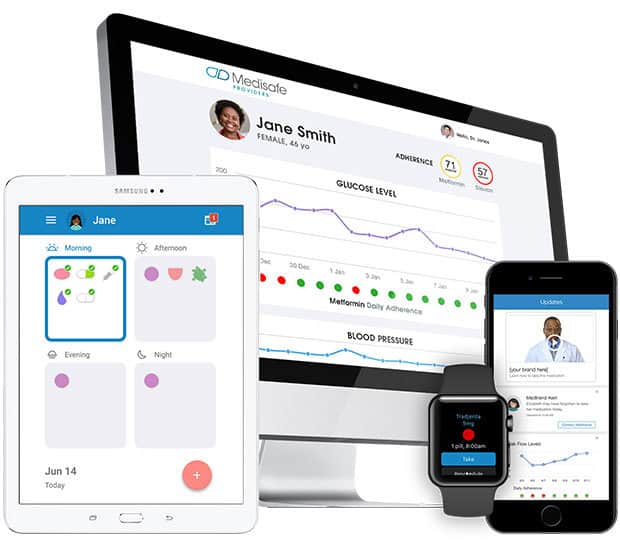How AI is Transforming Care Pathways
The rise of digital health platforms and incorporation of AI into the health sector is adding greater momentum to adopting value-based care with more providers and health systems embracing digital health tools to support better patient outcomes. And AI is showing up in many new features, from digital drug companions to telehealth to remote patient monitoring – all designed to help providers get closer to the patient.
The Acceleration of AI
AI is accelerating the expansion into value-based care by using data to identify and pair patient models with value-based care models to support clinical innovations and operational efficiencies that are most important in driving that transformation. Relying on data-driven insights, AI is helping providers better understand which patients may benefit most from which types of interventions and which methods of care. Those care pathways can lead down various avenues from disease prevention or surveillance, to integrating telehealth and virtual encounters into care modalities.
Patient Risk Identification
By analyzing vast amounts of historic patient data, AI solutions can provide real-time support to providers to help identify at risk patients. An area of concentration includes readmission risks and identifying patients that are at an increased chance of returning to the hospital within 30 days of discharge. Tech companies and health systems are developing solutions based on data in the patient’s electronic health record, driven by payers covering hospitalization costs associated with readmission. AI is also be tested to predict the risk of cardiovascular disease based on a still image of a patient’s retina.
Data Variations
For an AI solution to be successful, it requires a vast amount of patient data to optimize the performance of the algorithms. In healthcare, sorting through these datasets poses some challenges. In other industries, using vast amounts of data to determine an outcome is generally reliable and accurately measured. However, in healthcare slight variations or anomalies can mean serious health issues if not treated and cannot be seen simply as an outlier. For example, data sources can often be siloed across many services providers – making it difficult to capture a full profile and range of determinants for a patient’s health.
User engagement
AI solutions that involve direct patient interactions without provider oversight (such as digital drug companions) poses the question of whether the technology is a ‘practitioner of medicine’ rather than just a device. User engagement can also prove challenges as the use of digital health tools and AI solutions is literally changing the traditional healthcare experience patients have come to expect. The human touch of interacting with a doctor can be lost with these types of tools. Are patients willing to trust a diagnosis from a software algorithm rather than a human? Are providers willing to embrace these new solutions? In an industry that still widely uses the fax machine, rapid adoption rates may have to give way to a slow-and-steady integration over time.
The future for AI
The best opportunities for AI in healthcare over the next few years are hybrid models, where providers are supported in diagnosis, treatment planning, and identifying risk factors, but retain ultimate responsibility for the patient’s care. This will result in faster adoption by mitigating perceived risk and delivering measurable improvements in patient outcomes and operational efficiency at scale. If some of these early challenges can be addressed in the coming years, AI could play a leading role in how healthcare systems of the future operate, augmenting clinical resources, and deliver optimal patient outcomes.
